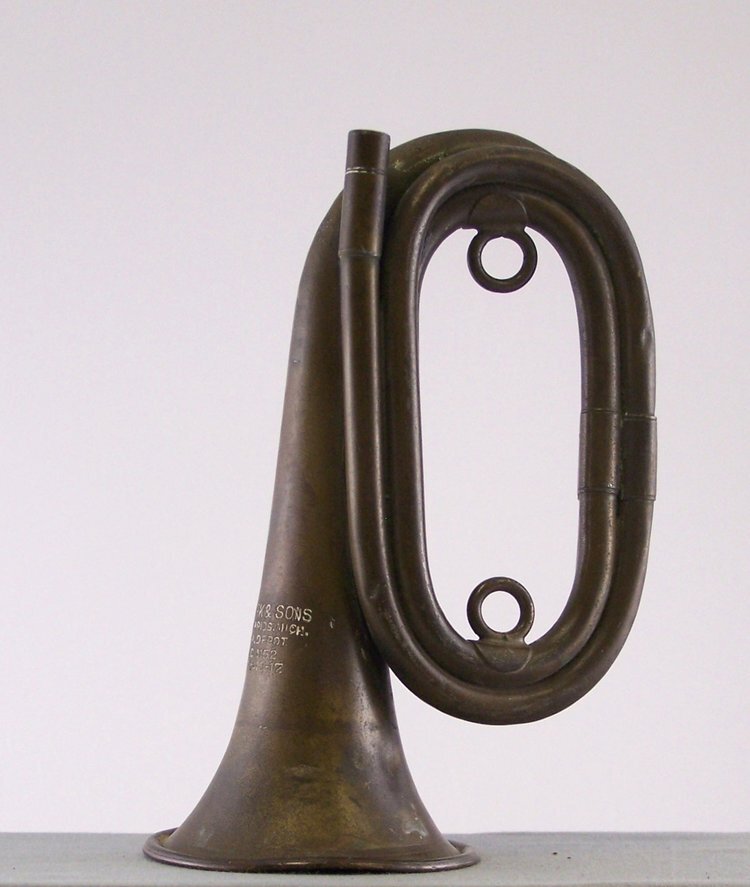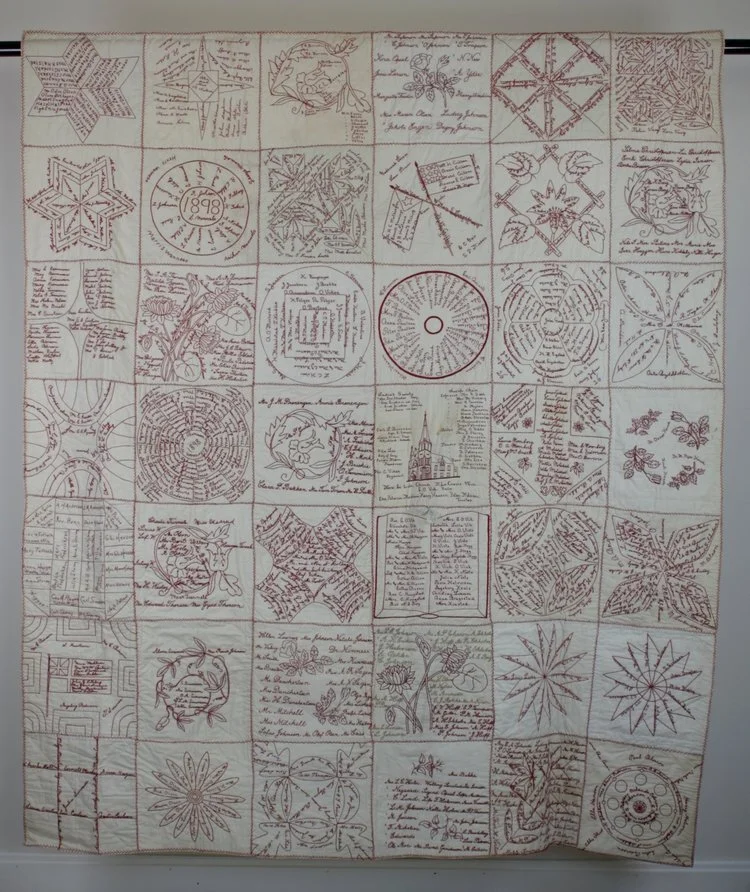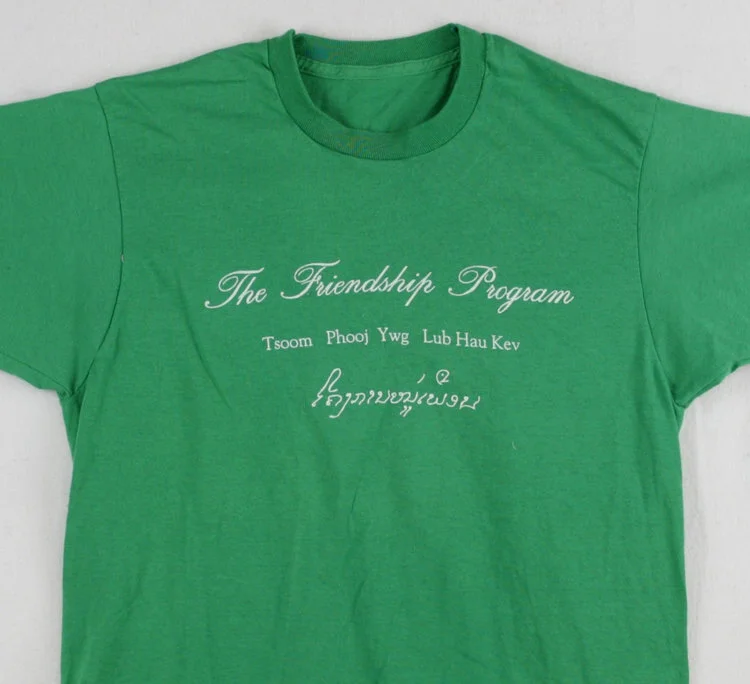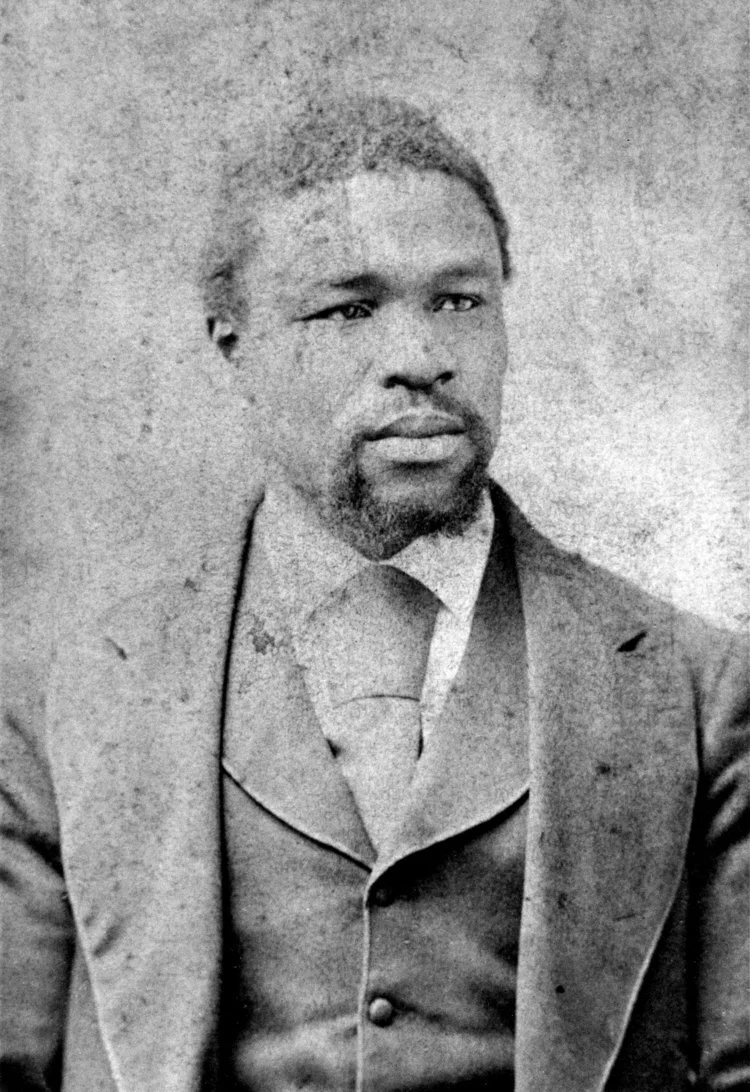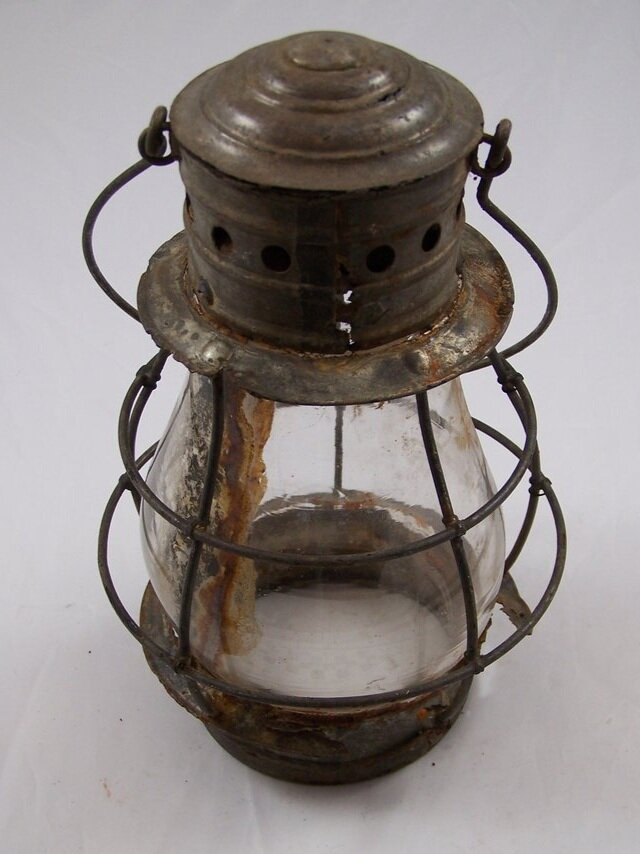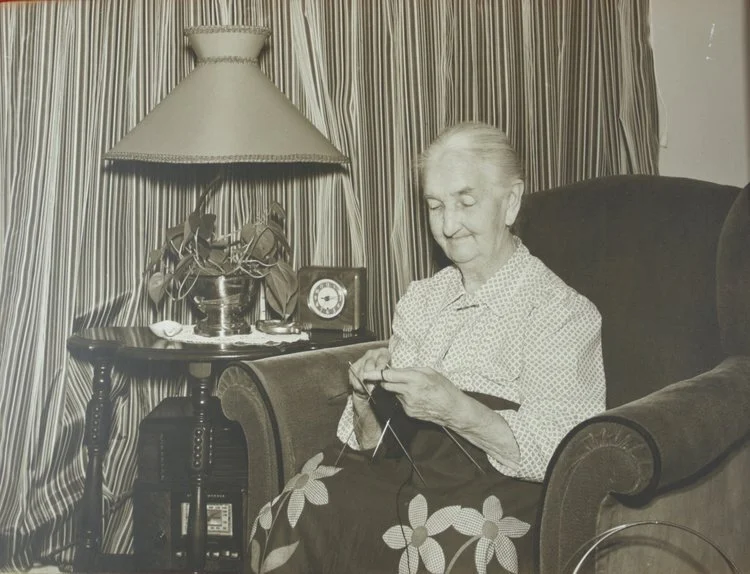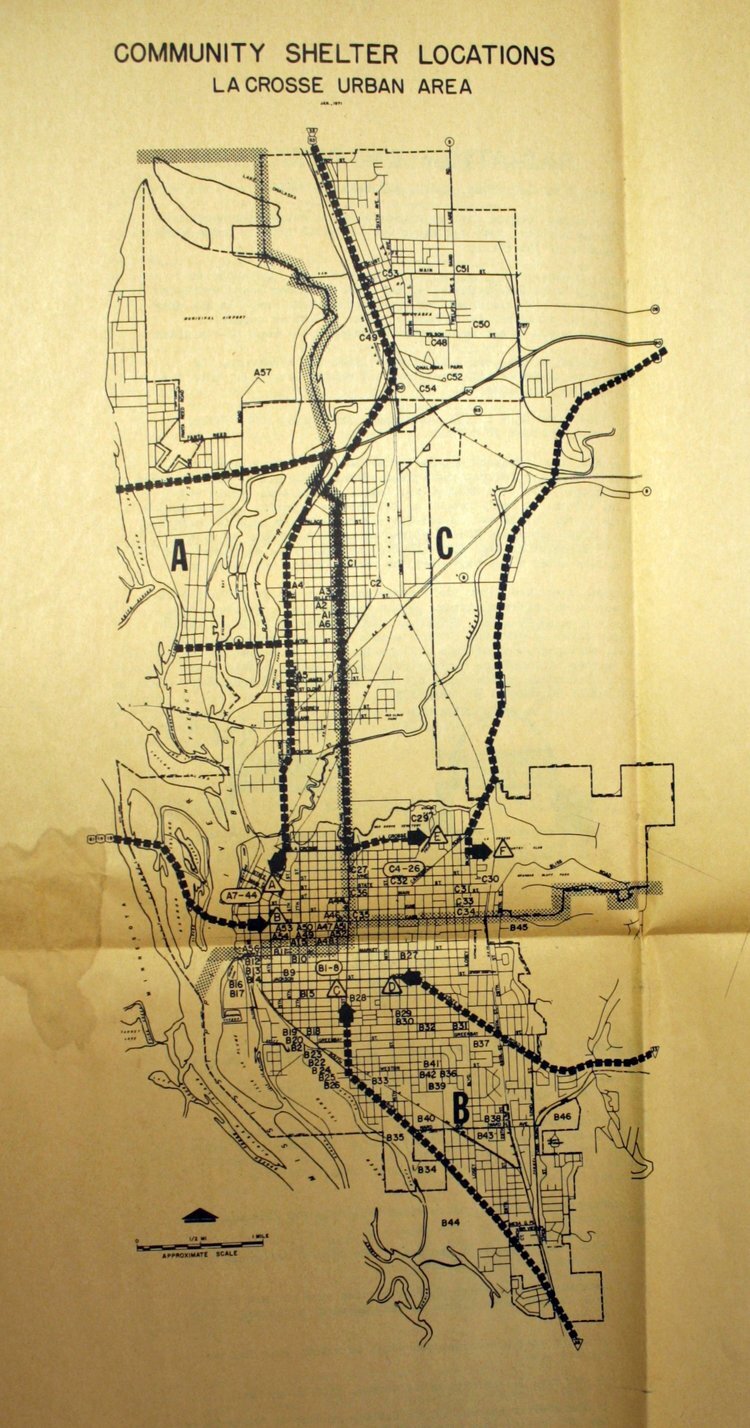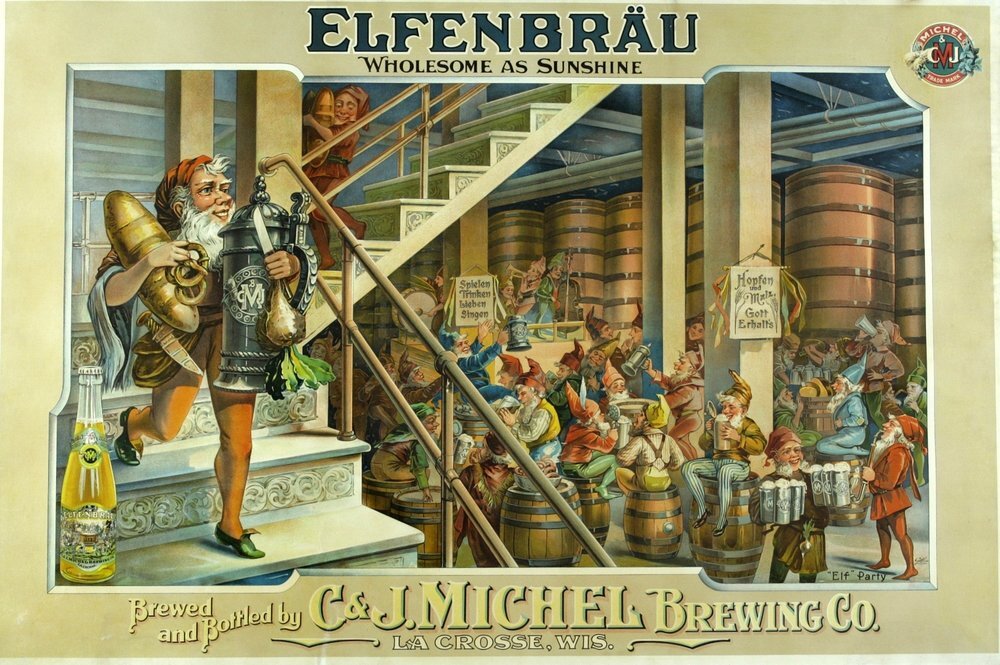Caroline C. Morris
Catalog Number: 1988.053.01
Before there was a Wisconsin DMV, there was a County Clerk. For about half of the twentieth century, Esther Domke filled that position for La Crosse County. Among other responsibilities, her office oversaw distribution of hunting, marriage, and car licenses, which is why she was able to amass this license-plate collection that she reportedly displayed in the basement of the old La Crosse County Courthouse. The plates, which she arranged chronologically from top to bottom, cover the period from 1916 to 1957. In the early 1960s, when the La Crosse office was only one of three in Wisconsin that could issue plates, Domke estimated she and her deputy issued about 25,000 plates a year.
Esther Domke began working as a Deputy County Clerk in 1923. In Sept. 1927, her boss, County Clerk Hubert Staats, was shot by friendly fire while trying to stop a jailbreak at the courthouse. The La Crosse County Board voted 19-12 a few weeks later to appoint Domke to the rest of Staats’s term, though with implied reservations about a woman’s ability to fill the post. She must have done a decent job because when she ran for County Clerk in her own right in 1928, she became the first woman officially elected to public office in La Crosse. She remained an undefeated incumbent until her retirement in 1972.
As a woman in a man’s world at midcentury, hers was a mixed bag. Records indicate that Domke made a good salary for the time, for a man or a woman. In 1940, for example, her salary of $2,230 was close to double the average national salary of $1,368. She worked hard for that salary, attending after-hours public meetings, and opening up the office on nights and weekends for hunting or marriage license “emergencies.” Despite her hard and conscientious work, the historical record suggests she was not entirely accepted as one of the boys. When she ran for re-election in 1934, for example, a radio newsman for WKBH suggested that Domke “present a fan dance as part of her campaign,” and the La Crosse Tribune Leader-Press printed the request. Hardly the kind of attention her fellow running mates received.
In recognition for her many years of service, Domke was selected as the first-ever Maple Leaf Parade marshal in 1961, among other honors. After fifty years of service, she retired on Jan. 1, 1973.
This article was originally published in the La Crosse Tribune on August 10, 2015.
This object can be viewed in our online collections database by clicking here.

